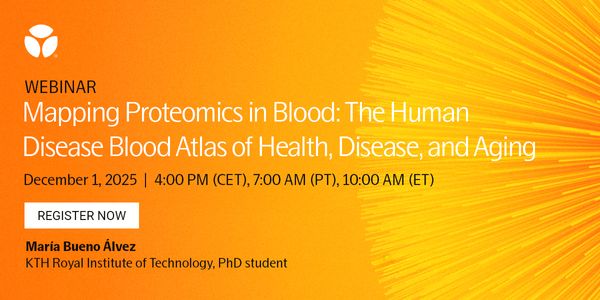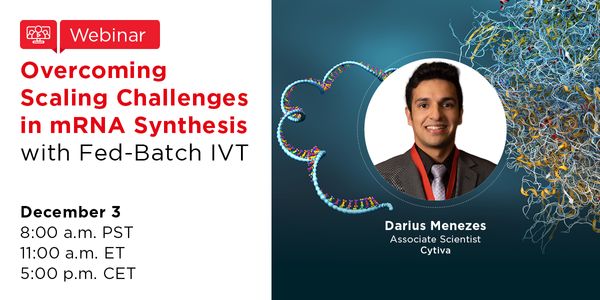
Single Cell CNV End-to-End Workflow to Dissect Tumor Heterogeneity
-
Lee Gibbs, PhD
Postdoctoral Research Associate, Department of Translational Genomics, Keck School of Medicine, University of Southern CaliforniaBIOGRAPHY
Tumor heterogeneity is a hallmark of cancer and can have significant impact on identifying drivers, including those that may be therapeutically relevant. Although, the traditional sequencing of bulk tumor specimens provides invaluable information, sequencing of individual cells provides a true representation of the cellular heterogeneity that exists within a cancer. Novel technologies such as single cell copy number variation (scCNV) enable copy number profiling at a single cell resolution. Single Cell CNV generates genome wide sequencing libraries from single cells to reveal tumor heterogeneity and evolution of subclonal populations.
In this study, we utilized a scCNV assay to assess heterogeneity within the 4T1 murine breast tumor model. To accomplish this we have developed an end-to-end workflow including tissue dissociation, single cell library preparation, sequencing and data analysis. We injected 4T1 cells into the mammary fat pad of 4-6 week old BALB/c mice. Mice were sacrificed at 21 days and tumors were removed from the injection site and dissociated using Milteny’s Biotec Octo Dissociator. We utilized the 10X Genomics Chromium system to partition single cells and prepare sequencing libraries in parallel such that all DNA fragments produced within a partition are barcoded. Following library construction, the Illumina Novaseq 6000 system was used to sequence single cell libraries. Additionally, single cell libraries from a fraction of the 4T1 cells that were injected into the mammary fat and non-metastatic isogeneic cell line variants, 67NR and 168FARN, were also sequenced.
We observed a pair of amplifications (>8 copies) on chromosome 9 and three segments of amplification on chromosome 15 that were conserved throughout the injection site tumor cells. Interestingly, the amplifications on chromosome 15 encompass one of the most commonly observed breast cancer oncogenes, Myc, and the cell migration regulator, Skp2. Further, we observed three unique cluster of tumors cells which suggests the possibility of detecting major and minor clonal populations using this technology.
Our findings suggest scCNV will help us to improve characterizations of the entirety of a patient’s disease to uncover potential clones that are primed to induce metastasis, drug resistance, and relapse.
Learning Objectives:
1. Apply single cell sequencing technologies to their ongoing projects that seek to develop precision therapies
2. Identify subclonal populations at a single cell resolution
Single Cell CNV End-to-End Workflow to Dissect Tumor Heterogeneity
Please update your information
Certificate of Participation
DOWNLOAD CERTIFICATE






